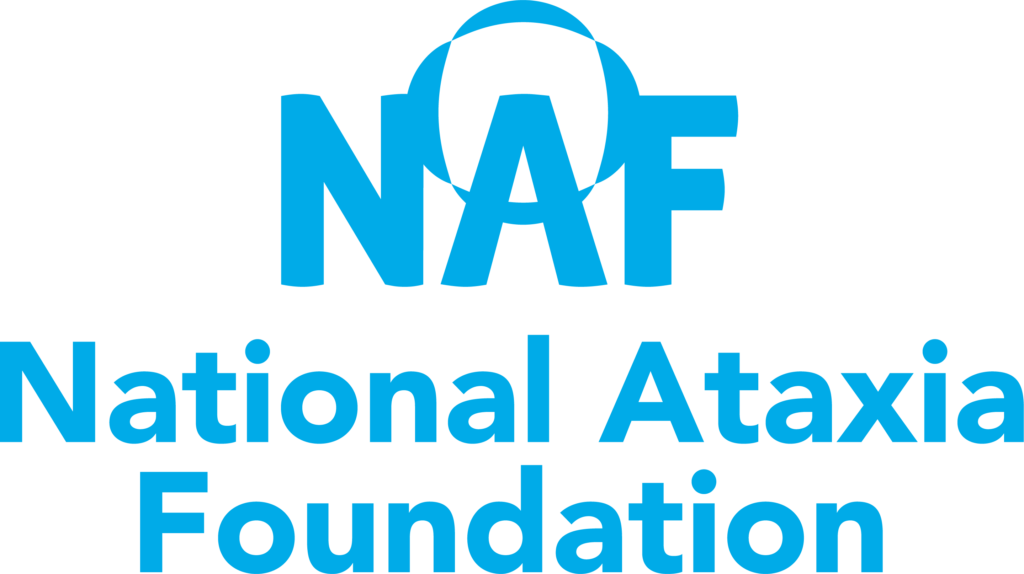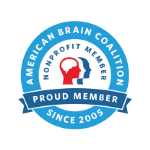
Written by Jacqueline Ambur Gragg
Edited by Celeste Suart, PhD
Research from the University of Washington shows differences in how ataxia can impact the muscles you use for speaking.
Communication is a vital part of the human experience. Many ataxians also struggle with slurred and unclear speech known as dysarthria. While our understanding of dysarthria in ataxia has grown, it remains incomplete. Even to the trained ear, one case of ataxic dysarthria sounds very different from another. This can make it difficult to get an accurate diagnosis or treatment.
Dr. Kristie Spencer from the University of Washington Seattle’s Speech and Hearing Sciences department has spent the past couple of decades studying ataxic speech. She has published numerous publications and given multiple presentations on the topic. In February 2024 she attended the Conference on Motor Speech in San Diego, CA to present her team’s latest research study.
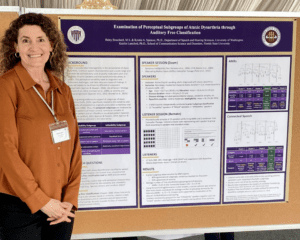
Dr. Spencer at the San Diego Conference on Motor Speech Feb 2024, presenting her latest research title “Examination of Perceptual Subgroups of Ataxic Dysarthria through Auditory Free Classification.”
Subgroups of Dysarthria
While most cases of dysarthria are lumped into one category many patients exhibit a variety of symptoms, leaving the possibility open for the existence of different subgroups within the broader diagnosis of ataxic dysarthria. For over ten years, Dr. Spencer and her team have conducted various studies examining subgroups of dysarthria. The most recent study began in 2022.
The study was conducted over Zoom with participants found on the CoRDs Ataxia Patient Registry. Over 400 people from across the US and Canada volunteered to be a part of the study. The initial volunteers were evaluated on several criteria including if the individuals had been diagnosed with ataxic dysarthria. This is because dysarthria caused by damage to the cerebellum, like ataxia, is different than dysarthria caused by damage to other parts of the brain. In the end, 25 participants were selected to participate. The participants recorded samples of their speech for analysis of subgroups.
After all the sample recordings had been collected, Dr. Spencer and 17 other Speech-Language Pathologists (SLPs) set to work analyzing the recordings. They found that there are two main subgroups of ataxic dysarthria. The first group called the “instability” subgroup tends to be highly variable in terms of voice pitch, volume, speech errors, and rhythm. The second group called the “inflexibility” subgroup, tends to sound more “robotic” and has unusually reduced variability in these same areas. Both subgroups were present in the recorded samples. However, the variable subgroup was more common. Only two participants were classified as having the inflexible subtype.
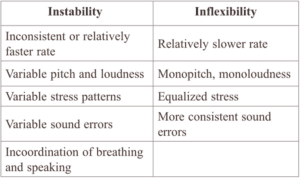
Table defining the characteristics of the instability and inflexibility dysarthria subgroups.
What Does This Mean for Ataxians?
Often speech therapists will devise a treatment plan for patients with ataxic dysarthria based on a general understanding of dysarthria, rather than the individual’s unique presentation of dysarthria. Dr. Spencer’s research shows us that there isn’t a one-size-fits-all approach to treating ataxic dysarthria. More research involving a wider range of participants with ataxic dysarthria performing more varied speaking tasks (such as having a conversation) would help SLPs to further tailor treatment to individual patients’ needs.
Key Words
Dysarthria: Motor speech disorder where the muscles involved in speech are weakened or inhibited resulting in articulation and swallowing difficulties.
Speech-Language Pathologists: Licensed therapists that specialize in examining and treating people affected with various types of speech impairments.
Conflict of Interest Statement
The author and editor have no conflicts of interest to declare.
Citation of Article Reviewed
Bouchard, H., Spencer, K. A., & Lansford, K. Examination of Perceptual Subgroups of Ataxic Dysarthria through Auditory Free Classification. Presented at the 2024 San Diego Conference on Motor Speech.
Read Other SCAsource Summary Articles

Los científicos desarrollan un nuevo enfoque para evaluar la Ataxia en casa
Escrito por Ziyang Zhao Editador por la Dra. Hayley McLoughlin Traducido por Ismael Araujo Aliaga Una aplicación para teléfonos inteligentes recientemente desarrollada permitirá a los pacientes evaluar la ataxia en casa. Existe Read More…
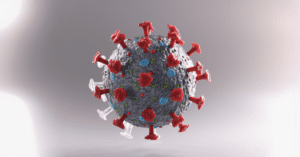
The SCA2 Chronicles: Unmasking COVID-19’s impact on Mind and Movement in a Galaxy Not So Far Away
Written by Kaitlyn Neuman Edited by Celeste Suart, PhD Lessons from a global pandemic: COVID-19 negatively impacts speech function and mental health in SCA2 patients. A short time ago, in a Read More…

Online Speech Therapy program helps improve speech in ataxia
Written by Caroline Spencer, PhD Edited by Celeste Suart, PhD ClearSpeechTogether is a virtual group-based speech therapy program for people with speech problems due to progressive ataxia. In this article, researchers Read More…



